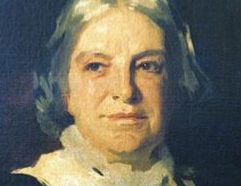2. London and Hertfordshire in the early 20th century
In Hertfordshire the rate of suburbanisation in the south of the county, which took off after 1870, increased after 1900, due to the ever-growing number of London commuters coming to live here.
The larger towns developed economically as well: St Albans, Watford and Hemel Hempstead more or less doubled in size between 1860 and 1914. Villages like Radlett, Bushey and Borehamwood also grew. All had railway stations, which at this time were the foci of growth.
There were areas of nearly identical terraces as well larger detached and semi-detached houses in more spacious streets, before 1914 mainly in developments of under 50 acres. There was no what we now call planning, and areas were simply bought by speculative builders. The roads were usually adopted by local councils once built.
Councils also had to expand local sewerage networks, with disastrous effects on local rivers such as the Colne. Water and gas supplies were laid on in a very ad hoc basis with no overall planning. Electricity, first supplied in the county from 1900, was only widespread in urban and suburban areas after 1920.
History of CPRE Hertfordshire Part Two London and Hertfordshire in the early 20th century





